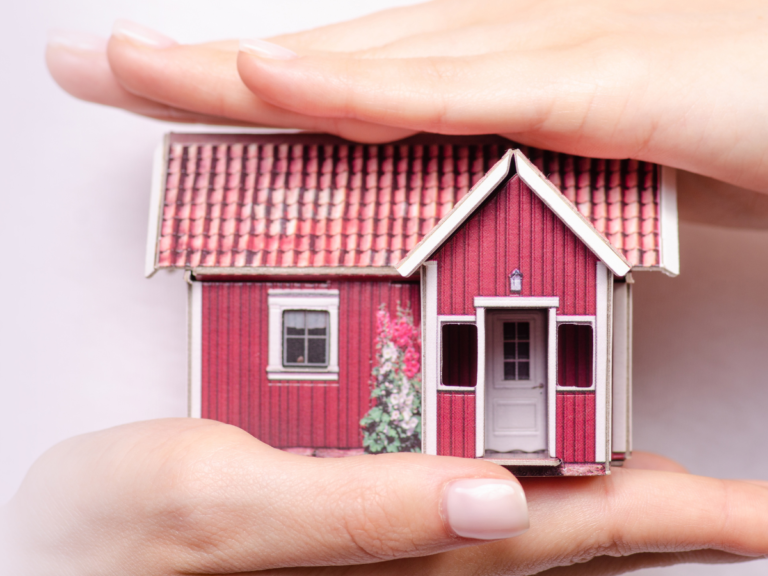Living a sustainable lifestyle isn’t just a trendy catchphrase; it’s a path towards a healthier, more balanced life. In a world where stress and unhealthy habits seem to be the norm, embracing sustainability offers not only a solution but a way to create a positive impact on both ourselves and the planet. So, let’s dive into the realm of sustainable living, exploring why it’s crucial and how it can be the antidote to our chaotic, stressful lives.
The Stress Epidemic
Picture this: a bustling cityscape, filled with people racing against time, honking cars, and the perpetual background hum of urban life. In the midst of this chaos, stress creeps in like an unwelcome guest. Our fast-paced, modern lifestyles have led to an epidemic of stress-related issues — anxiety, insomnia, and burnout are all too common.
The constant pressure to meet deadlines, the unrelenting demands of technology, and the never-ending quest for more have left us trapped in a cycle of chronic stress. It’s high time we reassess our priorities and consider a lifestyle that not only benefits us but also contributes to a more sustainable world.
Embracing Sustainable Living
At its core, sustainable living is about making choices that have a positive impact on the environment, society, and our well-being. It’s a holistic approach that extends beyond recycling and using eco-friendly products. Sustainable living encompasses the food we eat, the way we travel, the products we buy, and even the energy we consume.
Stress Reduction Through Mindful Consumption
One key aspect of sustainable living is mindful consumption. Instead of mindlessly chasing after the latest trends and accumulating possessions, it encourages us to adopt a more intentional approach to what we consume. By focusing on quality over quantity, we reduce the mental clutter that often accompanies a materialistic mindset.
Imagine a wardrobe filled with carefully chosen, durable clothing items that bring joy and serve a purpose. Each piece tells a story, and there’s no room for the stress-inducing dilemma of deciding what to wear. Sustainable living is, in essence, a decluttering of both physical and mental spaces.
Connecting with Nature
In the pursuit of a sustainable lifestyle, reconnecting with nature becomes paramount. The concrete jungle may offer convenience, but it often leaves us detached from the natural world. Studies consistently show that spending time in nature has a profound impact on reducing stress and improving mental well-being.
Whether it’s a weekend hike, a stroll in the park, or cultivating a small garden, incorporating nature into our lives provides a therapeutic escape. The calming effect of green spaces acts as a counterbalance to the hustle and bustle of city life, offering moments of tranquility in an otherwise chaotic world.
Mindful Eating for Health and Sustainability
Sustainable living extends to the food on our plates. The choices we make regarding what we eat not only affect our health but also have significant environmental implications. A diet rich in locally sourced, organic produce reduces our carbon footprint and supports local farmers.
Additionally, embracing plant-based diets or reducing meat consumption contributes to sustainability. Livestock farming is a major contributor to greenhouse gas emissions, deforestation, and water pollution. By choosing plant-based alternatives, we not only promote personal health but also take a step towards environmental conservation.
The Ripple Effect: Individual Choices, Global Impact
One might wonder how individual choices in lifestyle could possibly make a difference on a global scale. The beauty of sustainable living lies in its ripple effect. When individuals make conscious choices, the collective impact becomes a powerful force for change.
Sustainable Practices at Home
Simple changes in our daily routines can have far-reaching effects. Opting for energy-efficient appliances, reducing water consumption, and embracing renewable energy sources at home are tangible steps towards sustainability. These practices not only contribute to environmental conservation but also lead to cost savings in the long run.
Community Engagement and Advocacy
Sustainable living is not a solitary journey. Engaging with local communities and advocating for sustainable practices amplify the impact of individual efforts. Community gardens, neighborhood clean-up initiatives, and support for local businesses are all ways to foster a sense of collective responsibility.
Advocacy plays a crucial role in promoting sustainability on a broader scale. By supporting policies that prioritize environmental conservation, individuals can contribute to systemic change. Whether it’s advocating for cleaner energy sources or pushing for stricter regulations on single-use plastics, individual voices can shape the future of our planet.
Breaking Free from Consumerism
In a world driven by consumerism, the idea of living with less may seem radical. However, adopting a minimalist approach can be incredibly liberating. The constant pursuit of material possessions often leads to stress and dissatisfaction.
Minimalism: Less Stuff, More Happiness
Minimalism, a concept closely aligned with sustainable living, advocates for the intentional promotion of things we value most while letting go of the excess. This doesn’t mean a spartan lifestyle devoid of joy; rather, it’s about creating space for meaningful experiences and relationships.
By decluttering our physical spaces and simplifying our lives, we free ourselves from the burden of excess. This newfound simplicity allows us to focus on what truly matters, fostering a sense of contentment and reducing the need for constant consumption.
Sustainable Travel: A Journey of Discovery
Travel has become an integral part of modern life, but the environmental impact of traditional tourism is undeniable. Sustainable travel offers an alternative, allowing us to explore the world while minimizing our carbon footprint.
Eco-Friendly Transportation
Choosing eco-friendly transportation options, such as electric or hybrid vehicles, public transit, or cycling, significantly reduces the environmental impact of travel. Embracing slow travel — staying longer in fewer destinations — not only reduces carbon emissions but also allows for a deeper, more meaningful exploration of cultures and landscapes.
Conscious Accommodation Choices
The choice of accommodation can also contribute to sustainable travel. Opting for eco-friendly hotels, guesthouses, or even exploring alternative accommodations like homestays and eco-lodges supports businesses that prioritize environmental responsibility.
Nurturing Mental Well-being Through Connection
Amid the chaos of modern life, maintaining meaningful connections is often overlooked. Sustainable living places a strong emphasis on community and human connection as essential components of well-being.
Building Stronger Communities
Engaging with local communities fosters a sense of belonging and support. Community events, shared spaces, and collaborative projects create bonds that go beyond the virtual connections prevalent in today’s digital age.
Technology Detox for Mental Clarity
While technology has undoubtedly revolutionized the way we live, it comes with its own set of challenges. Constant connectivity can lead to information overload and negatively impact mental well-being. Sustainable living involves mindful technology use, including regular digital detoxes and creating boundaries for a healthier relationship with devices.
A Call to Action: Shaping a Sustainable Future
In conclusion, embracing a sustainable lifestyle is not just a personal choice; it’s a collective responsibility. The urgency of addressing environmental challenges and the need for mental well-being converge in the principles of sustainability.
Individuals have the power to effect change through everyday choices, from what we eat to how we travel and the products we use. By prioritizing sustainability, we not only improve our own quality of life but contribute to the well-being of future generations and the health of our planet.
In the face of a stressful and unhealthy world, the sustainable lifestyle stands as a beacon of hope — a path towards balance, connection, and a brighter future. It’s time to step into this journey, one mindful choice at a time, and shape a world where well-being and sustainability coexist.




